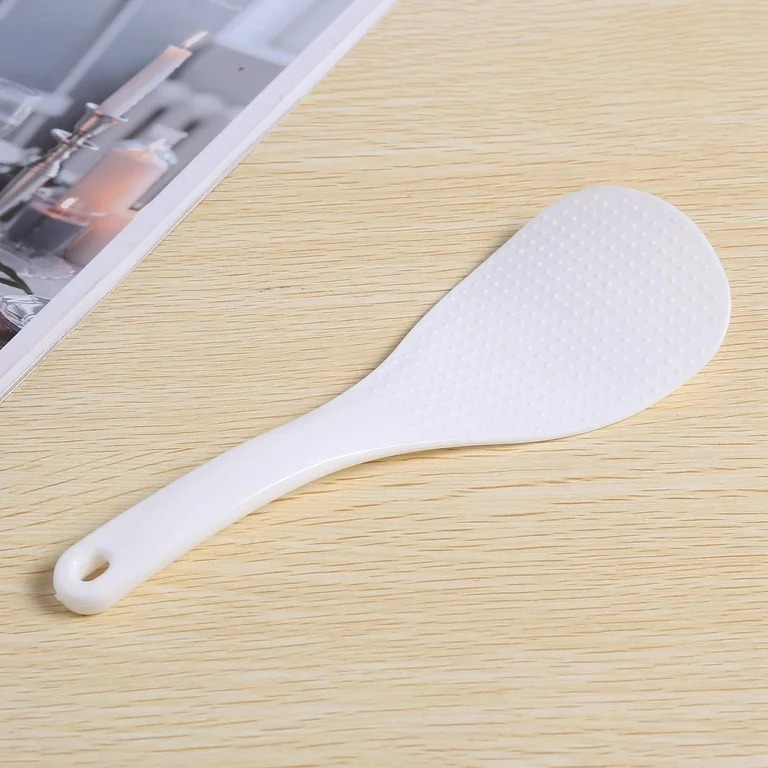ADVERTISEMENT
Anyone Know What These Bumps on a Rice Cooker Spoon Are Used For?
If you’ve ever used a rice cooker, you’ve likely noticed a rice cooker spoon that comes with the appliance. But have you ever wondered about those small bumps or ridges on the back of the spoon? It might seem like an odd design feature, especially if you’ve never really paid attention to it, but those bumps actually have a purpose!
In this article, we’ll uncover the mystery behind the bumps on a rice cooker spoon and explain why they’re there. Spoiler alert: They’re not just a random design quirk—they serve a very practical function that can make your rice cooking experience even better!
🥄 What Are the Bumps for?
At first glance, the bumps on the back of your rice cooker spoon might appear to be there just for decoration or as an afterthought. However, they are actually a carefully thought-out design meant to help improve your cooking experience. So, what are they for?
The bumps on the spoon are specifically there to help measure rice more effectively. Here’s how:
- Rice Measurement: Many rice cookers are designed to work with specific quantities of rice for optimal cooking. The bumps on the spoon help to measure the amount of rice you’re scooping into the cooker. When you fill the spoon and level it off, the bumps indicate how much rice you’ve measured.
- Prevent Clumping: The bumps also serve another purpose—when you scoop your rice, they help break up clumps of rice, ensuring the rice is distributed more evenly in the cooker. This can lead to better-cooked rice with fewer lumps or uneven textures.
🍚 How to Use the Bumps to Measure Rice
Now that we know the bumps are for measuring, how can you make use of them when cooking rice?
Step 1: Scoop the Rice
Take the rice cooker spoon and scoop the uncooked rice from the container. The bumps will help prevent rice from sticking too much to the spoon. Scoop it up gently to avoid crushing or damaging the rice grains.
Step 2: Level Off the Rice
To get an accurate measurement, you should level off the rice on the spoon, using the flat edge of a knife or another utensil. The bumps will help you keep the rice level and prevent overfilling the spoon.
Step 3: Use the Correct Number of Scoops
Each rice cooker model is typically designed to work with a specific number of scoops, usually based on the type of rice you’re cooking (white rice, brown rice, etc.). Check your rice cooker’s manual for how many scoops are needed for your desired servings.
🔄 Bonus: The Bumps Can Help Stir the Rice
Another lesser-known feature of those bumps is their ability to help you stir the rice more effectively. When you’re fluffing the rice after cooking or mixing it in between the cooking process, the ridges on the spoon can help separate the rice grains without mashing or crushing them. This leads to fluffy, evenly cooked rice!
🌟 Why Does This Matter?
It may seem like a small detail, but understanding the purpose of the bumps on your rice cooker spoon can significantly improve your rice-cooking process. Here’s why:
- Accurate Cooking: Rice cookers work best when the right a
